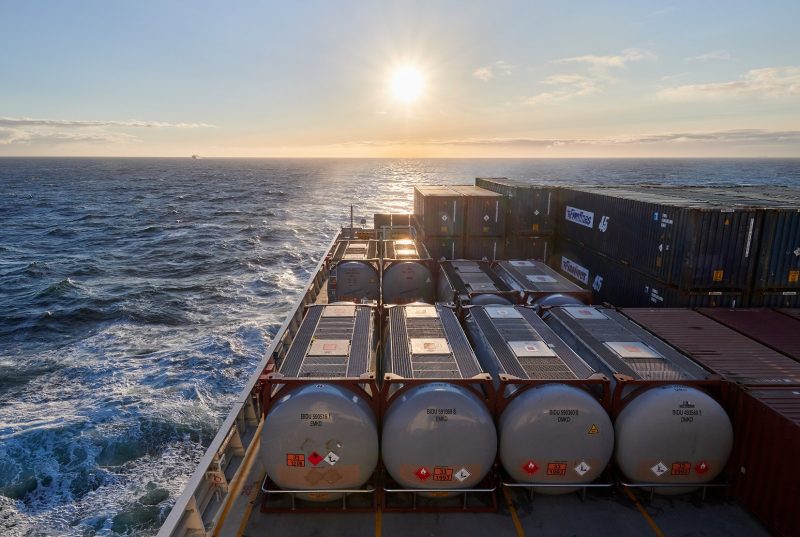In the globalized economy, the efficient movement of goods across borders is paramount. Sea freight logistics, a crucial component of the international supply chain, enables the smooth transport of cargoes across vast distances, connecting markets and facilitating trade. This article delves into the intricacies of sea freight logistics, exploring its definition, operations, and the key factors that make it a viable option for global shippers.
Defining Sea Freight Logistics
Sea freight logistics refers to the organized management of the movement of goods by sea, encompassing all aspects of planning, executing, controlling, and optimizing the flow of cargo from origin to destination. It involves coordinating various activities such as cargo handling, stowage, customs clearance, vessel scheduling, and transportation to ensure timely and cost-effective delivery.
The Core Components of Sea Freight Logistics
Cargo Handling and Stowage: This involves the loading and unloading of cargo onto and off vessels, as well as their stowage within the containers or holds of the ships. It requires meticulous planning to ensure the safety and stability of the cargo during transit.
Vessel Scheduling: Sea freight logistics involves the careful coordination of vessel movements, including sailing schedules, port calls, and transit times. This ensures that cargo reaches its destination within the agreed timeframe.
Customs Clearance and Documentation: Sea freight logistics also encompasses the necessary paperwork and compliance requirements for importing and exporting goods. This includes obtaining necessary permits, licenses, and certificates, as well as completing customs declarations and paying duties and taxes.
Transportation and Distribution: Once the cargo reaches its destination port, it needs to be efficiently transported to its final destination. This may involve land transportation, such as trucks or rail, or further distribution by sea or air.
The Advantages of Sea Freight Logistics
Sea freight logistics offers several advantages compared to other modes of transportation. Firstly, it is cost-effective for bulk and heavy cargoes, as the cost of transport per unit is relatively low due to the large capacity of ships. Secondly, sea freight offers a sustainable transport option, as ships emit less carbon dioxide per ton of cargo transported compared to land and air transportation. Additionally, sea freight logistics provides a reliable and consistent service, with regular sailings and a widespread network of ports.
Challenges and Solutions in Sea Freight Logistics
Despite its advantages, sea freight logistics also faces some challenges. Weather conditions, such as storms and sea currents, can affect vessel schedules and transit times. To mitigate these risks, shippers can use advanced tracking systems and weather forecasting tools to plan their shipments accordingly. Additionally, the complexity of customs clearance and documentation requirements can delay shipments. To overcome these challenges, shippers can engage with experienced freight forwarders or customs brokers who have expertise in navigating these processes efficiently.
The Future of Sea Freight Logistics
The future of sea freight logistics looks promising, with advancements in technology driving efficiency and innovation. Automation and digitization are expected to transform cargo handling and stowage, making it faster and more accurate. Additionally, the use of big data and analytics will enable shippers to make informed decisions based on real-time data, optimizing vessel scheduling and transportation routes. Furthermore, the development of green technologies, such as low-emission vessels and renewable energy sources, will help make sea freight logistics more sustainable and environmentally friendly.
In conclusion, sea freight logistics is a crucial component of the global supply chain, enabling the efficient movement of goods across vast distances. It involves meticulous planning and coordination of various activities, from cargo handling and stowage to vessel scheduling and customs clearance. Despite some challenges, the future of sea freight logistics looks bright, with advancements in technology driving efficiency, sustainability, and innovation. As shippers and logistics providers embrace these changes, they can ensure a smooth and reliable flow of goods across borders, facilitating trade and driving economic growth.

